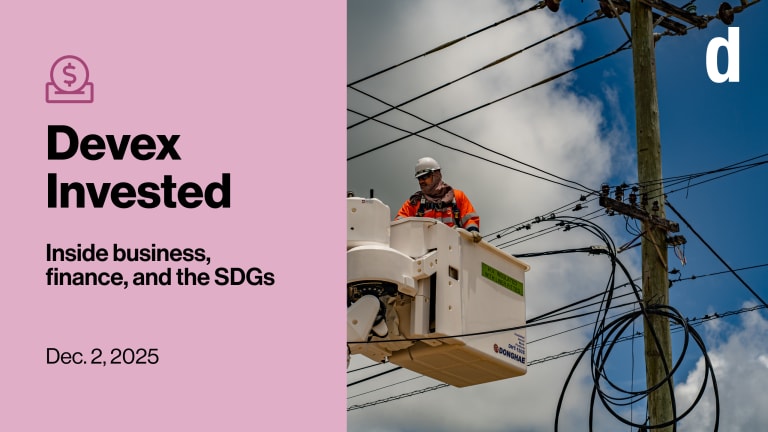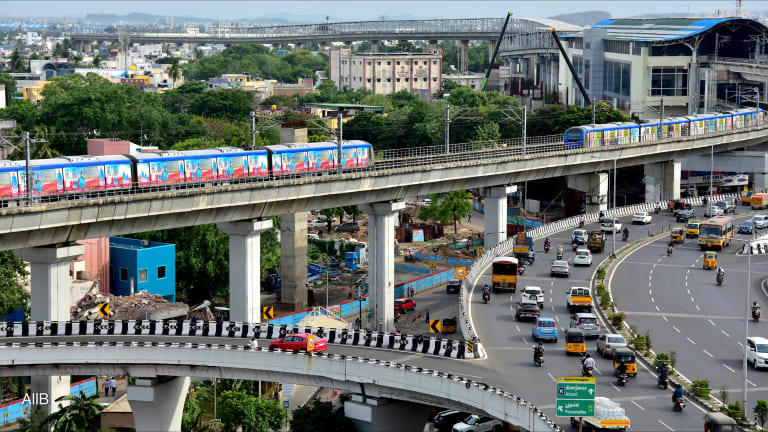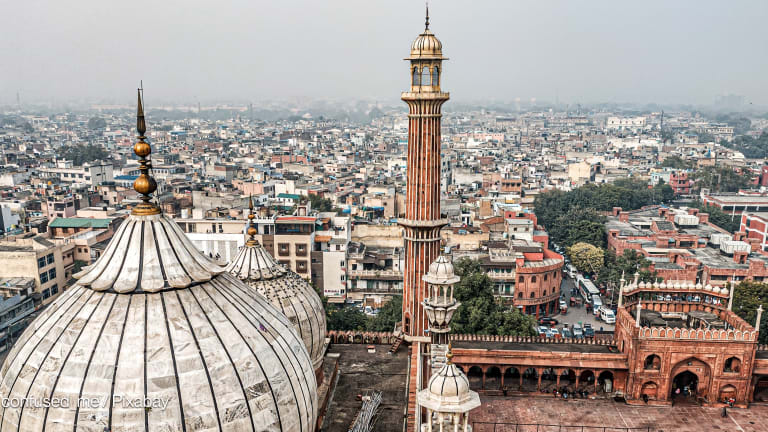
What’s in store for the Asian Development Bank in 2014?
For ADB, the new year brings new and more complex development challenges that require innovative solutions, not only from Asia-Pacific’s development community and national governments, but also from the private sector.
The region enters 2014 with major development challenges in tow, including the continuing democratic transition in Myanmar and the recent disaster in the Philippines. This is on top of continuing hunger, poverty, health and infrastructure issues that continue to stunt progress — something the regional development bank will continue working on in the next 12 months, according to Bindu Lohani, ADB vice president for knowledge management and sustainable development.
“We will seek to leverage our own resources more effectively to attract additional finance. Innovative public-private partnerships will be critical,” he told Devex. “The private sector must be a greater part … of the ongoing Asian growth story.”
Although ADB has earmarked around $66.7 billion for loans, grants and assistance in the region for the next three years, more development finance tools are needed for the region to truly gain enough growth momentum. Lohani said that infrastructure needs alone already amounts to $800 billion a year for the next decade, a huge amount for multilateral organizations to shoulder on their own.
The Manila-based institution has been highlighting the importance of private sector participation in supplying energy to Asia-Pacific, the world’s most populous region and where demand is expected to rise by 2.1 percent annually until 2035, and that will require $11.7 trillion in investment.
Priorities and challenges
Other development priorities for ADB this year include the continuing efforts to reduce poverty, infrastructure development, climate change adaptation and mitigation, regional cooperation and integration, and governance and institutional capacity support.
By countries, one of the most important challenges will be funding post-typhoon rehabilitation and recovery operations in the Philippines, where not only disaster management is the issue but also climate change.
The other focal point is Myanmar’s transition to democracy after decades of military rule and international isolation. Lohani said the country will play a central role in the region’s development prospects and growth, especially with the Association of Southeast Asian Nations integration due to kick off at the end of 2015.
“Eyes will be on Myanmar as it continues to open up. Growth forecast is at 6.5 [percent] this year and 6.8 [percent] next year,” he explained. “Growth momentum in the advanced economies will benefit developing Asia. There are reasons to believe that ASEAN countries will continue to grow robustly.”
Despite the mixed-but-slightly-rosy outlook for the region in 2014, Lohani noted that challenges remain in implementing these development efforts for Asia-Pacific to walk the talk on its progress.
“Inequality is rising [and] sustaining growth is a challenge. Many middle-income countries are struggling to transition to high-income economies. Greater cooperation between countries is [also] essential to reap the biggest rewards on trade and development,” he explained, adding demographic changes, competition for finite resources and low quality governance may also aggravate the situation.
Read more development aid news online, and subscribe to The Development Newswire to receive top international development headlines from the world’s leading donors, news sources and opinion leaders — emailed to you FREE every business day.








